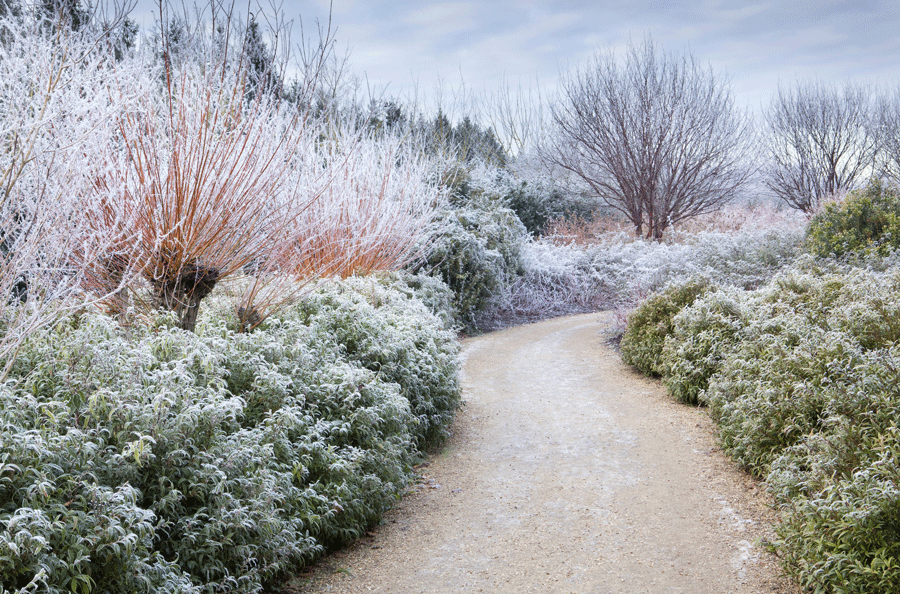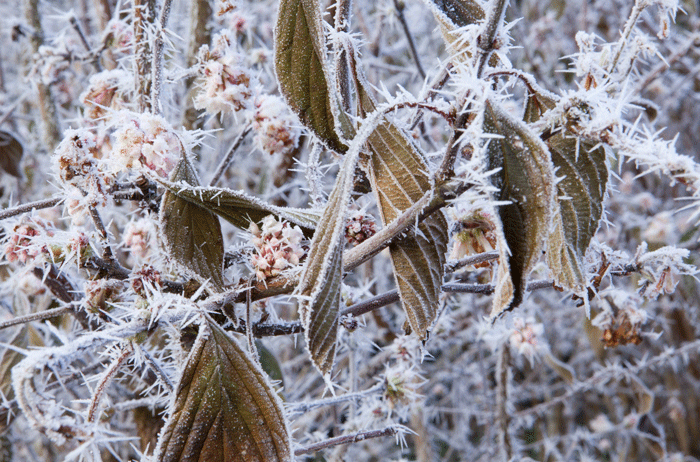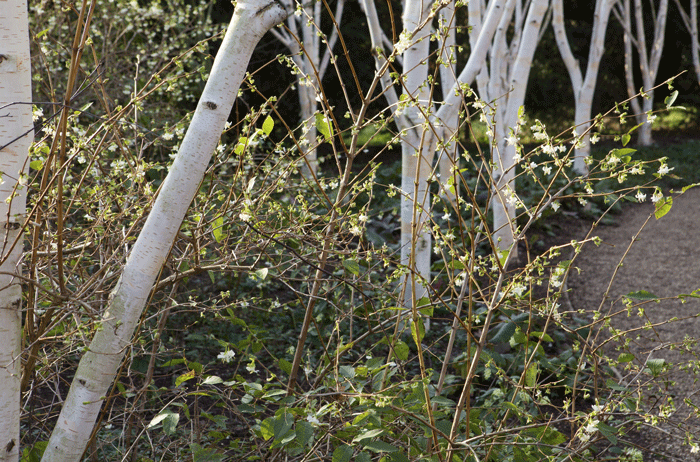Anglesey Abbey’s winter garden prepares for refresh
 The National Trust’s Anglesey Abbey, near Cambridge, is marking the 21st anniversary of its renowned Winter Garden by embarking on a special three-year project to refresh the popular feature.
The National Trust’s Anglesey Abbey, near Cambridge, is marking the 21st anniversary of its renowned Winter Garden by embarking on a special three-year project to refresh the popular feature.
Featuring approximately 150 plant species, chosen for winter colour, the Winter Garden is one of the finest in the country. Scents and textures, from ghostly white birches and vibrant dogwoods to sweet winter-scented honeysuckle and one of the largest snowdrop collections in the country, bring enjoyment to visitors during the winter months.
Planted to commemorate the 100th anniversary of the birth of the first Lord Fairhaven, who left Anglesey Abbey to the National Trust in 1966, the garden, originally named the Fairhaven Centenary Walk, was officially opened by the then Speaker of the House of Commons, Betty Boothroyd in 1998 when she planted a giant redwood at the start of the route.
 (above – Viburnum-x-bodnantense)
(above – Viburnum-x-bodnantense)
Acting Head Gardener, David Jordan, will be leading a team to refresh the plantings at key points along the 450m long route, enabling the use of a much wider palette of plants to choose from. David points out that the team are taking the opportunity of the anniversary to kick-start the three-year project and to re-think several areas: “Some of the original planting schemes have outgrown their space,” he says. “We want to create new layers, including shrubs and bulbs, that will keep the Winter Garden – one of the garden’s most loved areas – beautiful for future generations.”
Plant selection is ongoing but additions are set to include highly-scented large-flowered Daphne ‘Perfume Princess’, swathes of early-flowering narcissi, honey-scented Galanthus ‘Magnet’ and a variety of ferns. New conifers will also be introduced including weeping blue Cedrus atlantica ‘Glauca Pendula’ and for the first time along with topiary Pittosporum.
The project is being part-funded by money raised through the property’s 2019 Special Places Raffle with fundraising set to continue until January 2020. The Winter Garden will remain open throughout the course of the refresh and gardeners will be on hand on selected days to answer questions from visitors.
 (Above – Lonicera-x-purpusii and Betula-utilis-var-jacquemontii)
(Above – Lonicera-x-purpusii and Betula-utilis-var-jacquemontii)
David says: “Visitors will notice that preparation work has begun, with some areas already cleared to make way for new and exciting plants. As with all gardens, new plants will take some time to settle in, but we’re looking forward to enhancing the garden so that it can keep brightening winter days for the next 21 years and beyond.”
Key plants and top tips from David Jordan
10 stars of the Winter Garden
• Prunus serrula
• Betula utilis var. jacquemontii
• Cornus sanguinea ‘Midwinter Fire’ and C. ‘Winter Beauty’
• Daphne bholua ‘Jacqueline Postill’
• Chimonanthus praecox ‘Luteus’
• Lonicera x purpusii
• Cornus sanguinea ‘Anny’s Winter Orange’
• Sarcococca hookeriana var. ‘Digyna’
• Sarcococca ruscifolia var. chinensis
• Sarcococca saligna
Winter combinations with impact
David says the walk’s most successful combinations have been mixtures of trees and shrubs underplanted with smaller winter-interest plants, such as Viburnum x bodnantense ‘Dawn’ underplanted with Euonymus fortunei ‘Emerald Gaiety’ and Acer griseum as a focal point. Early and late flowering bulbs can be used to extend the season.
“Introducing bulbs means it is possible to add autumn flowering species such as Nerine, Crocus, Colchicum and hardy Amaryllis, although they will need to have plenty of sunshine to get them to flower,” David adds.
More information on the garden at Anglesey Abbey can be found by visiting: https://www.nationaltrust.org.uk/anglesey-abbey-gardens-and-lode-mill
Photo credits: All photographs strictly ©National Trust, credit Marianne Majerus

